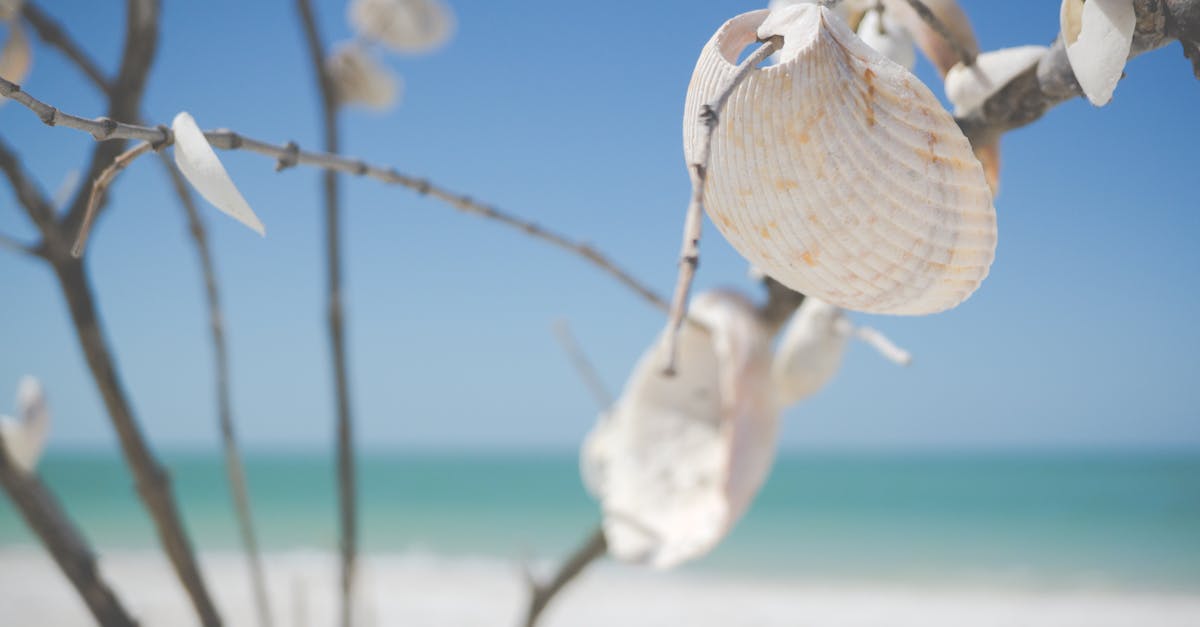Welcome to our guide on wildlife spotting on Florida’s stunning natural beaches.
With pristine shorelines and diverse ecosystems, Florida offers a haven for nature enthusiasts and wildlife lovers alike.
In our post, we’ll investigate into the enchanting world of Florida’s coastal wildlife, from majestic sea turtles to playful dolphins and vibrant bird species.
Begin on a journey with us as we explore the hidden gems of Florida’s beaches, where every stroll along the sandy shores may reveal a new wildlife encounter. Discover the thrill of spotting endangered species in their natural habitat and learn about the conservation efforts that help protect these precious creatures. Join us as we uncover the magic of wildlife spotting on Florida’s captivating beaches.
Key Takeaways
- Florida’s natural beaches offer a diverse range of wildlife, including sea turtles, dolphins, pelicans, herons, and other coastal birds.
- Timing plays a crucial role in wildlife spotting, with early morning and late afternoon being the best times to observe active marine creatures.
- Key locations such as wildlife refuges along the coast provide excellent opportunities for wildlife viewing and conservation efforts.
- Conservation programs are essential for protecting endangered species like the Florida panther and sea turtles from human activities and habitat loss.
- Tips for a memorable wildlife spotting experience include observing from a distance, using binoculars, practicing patience, timing visits during optimal viewing hours, and maintaining a quiet demeanor.

Exploring Florida’s Natural Beaches
When exploring Florida’s natural beaches, we are greeted by a vibrant world of wildlife. The sound of waves crashing, seagulls soaring overhead, and the soft sand beneath our feet – it’s a sensory delight. As we wander along the shoreline, we may catch a glimpse of dolphins playfully leaping through the waves or sea turtles nesting in the golden sands. These beaches are not just sand and water; they are bustling ecosystems teeming with life. Explorers are often rewarded with sightings of pelicans, herons, and other coastal birds going about their daily routines. Every visit to Florida’s beaches is a chance to witness nature’s beauty up close.
For more information on coastal bird species in Florida, check out Florida Fish and Wildlife Conservation Commission – Birding.
And if you’re interested in learning about sea turtle conservation efforts, visit Sea Turtle Conservancy.
Diverse Wildlife Species to Spot
When exploring Florida’s natural beaches, keep your eyes peeled for a variety of fascinating wildlife. You may encounter dolphins gracefully swimming in the shimmering waters or sea turtles basking in the sun along the sandy shores. Look up to the skies to spot majestic pelicans, elegant herons, and other coastal birds soaring overhead. These beaches are teeming with life, offering us the chance to observe these beautiful creatures in their natural habitat.
Strolling along the shoreline, you might also catch a glimpse of ospreys hunting for fish or sandpipers scurrying across the sand. The diverse ecosystems of Florida’s beaches make them a hotspot for an array of marine species. Take a moment to appreciate the harmony of nature as you witness these animals thriving in their coastal environment.
For more information on coastal bird species and sea turtle conservation efforts, visit the Florida Fish and Wildlife Conservation Commission and the National Park Service.

Best Times and Locations for Wildlife Viewing
When it comes to wildlife spotting on Florida’s natural beaches, timing is everything. The best times to catch a glimpse of dolphins and sea turtles are usually in the early morning or late afternoon. These creatures are most active during these periods. For bird enthusiasts, the best locations to observe pelicans, herons, ospreys, and sandpipers are usually near estuaries or tidal pools where they can find food easily.
If you want to increase your chances of spotting these fascinating creatures, consider visiting well-known wildlife refuges along the coast such as J.N. “Ding” Darling National Wildlife Refuge on Sanibel Island or Merritt Island National Wildlife Refuge near Cape Canaveral. These protected areas provide a safe haven for diverse wildlife and offer excellent opportunities for observation.
For more information on specific wildlife viewing locations and guidelines, you can visit the Florida Fish and Wildlife Conservation Commission’s website.
Conservation Efforts and Endangered Species
Florida’s natural beaches are not just picturesque landscapes but crucial habitats for various wildlife, including endangered species. Conservation efforts play a vital role in protecting these species and maintaining the delicate balance of the ecosystem.
By preserving natural habitats and enforcing regulations, we can ensure the survival of species like the Florida panther and sea turtles, which are facing threats due to human activities and habitat loss. These efforts are essential in safeguarding the biodiversity of our environment for future generations.
To learn more about conservation programs and endangered species in Florida, visit the website of the Florida Fish and Wildlife Conservation Commission.
Their initiatives provide valuable insights into ongoing efforts to protect and conserve wildlife in the region.

Tips for a Memorable Wildlife Spotting Experience
When heading to Florida’s natural beaches for wildlife spotting, here are a few simple tips to enhance your experience:
- Observe from a distance: Respect the wildlife by keeping a safe distance.
- Binoculars are handy: Bring binoculars for a closer look without intruding.
- Patience is key: Wildlife sightings might require waiting quietly for the animals to appear.
- Early morning or dusk: Time your visit during the early morning or dusk for optimal viewing opportunities.
- Stay quiet: Minimize noise to avoid scaring off animals.
For more detailed guidance on responsible wildlife viewing, check out the Florida Fish and Wildlife Conservation Commission’s website.
